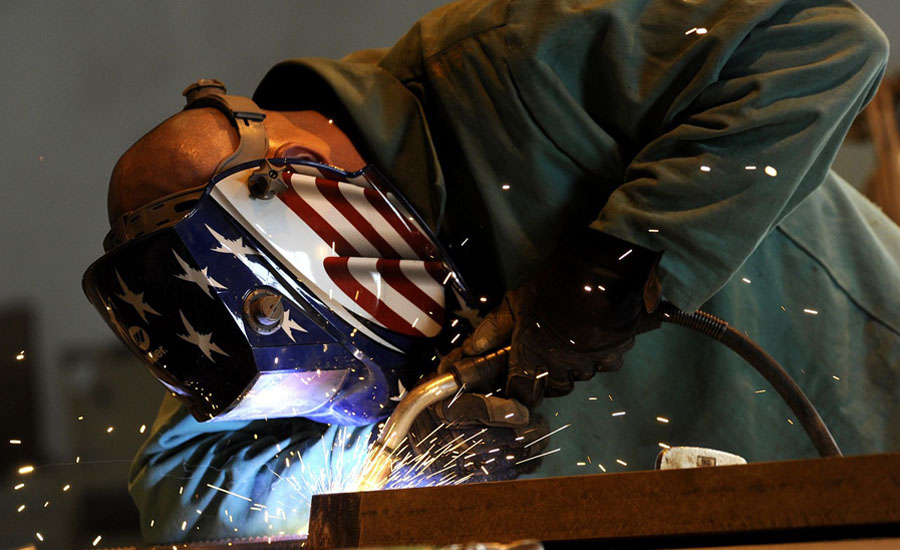Eye injuries account for 25% of welder workers’ comp claims

What activities and circumstances are proximal to a welding-related occupational eye injury? Researchers categorized and described the activity, initiating process, mechanism of injury, object and/or substance, and the use of protective eyewear from the narrative text data reported for each injury.
Routinely collected workers’ compensation claims over a one year period (2000) were analyzed from a large U.S .insurance provider. An index term search algorithm of occupation, incident, and injury description fields identified 2,209 potential welding related eye injury claims. After detailed review of these claims, 1,353 welders and 822 non-welders were analyzed.
During 2000, eye(s) as the primary injured body part accounted for 5% of all compensation claims. Eye injuries accounted for 25% of all claims for welders. Subjects were mainly male (97.1%) and from manufacturing (70.4%), service (11.8%), or construction (8.4%) related industries. Most injuries were foreign body (71.7%) or burn (22.2%) and 17.6% were bilateral.
Common activities include welding (31.9%) and/or grinding (22.5%). Being struck by an airborne object occurred in 56.3% of cases. Non-welders showed similar patterns except that burns (43.8%) were more frequent and more often initiated by another worker (13.9%).
Researchers concluded that workers performing welding tasks or working nearby welders should be trained to recognize potential hazards and the effective use of proper safety equipment to prevent ocular injury.
- PPE, personal protective equipment
- eye
- occupational
- welding
- narrative analysis
Source: “Welding Related Occupational Eye Injuries: a narrative analysis,” Injury Prevention journal, DA Lombardi, R Pannala, GS Sorock, H Wellman, TK Courtney, S Verma, GS Smith http://injuryprevention.bmj.com/content/11/3/174
Looking for a reprint of this article?
From high-res PDFs to custom plaques, order your copy today!





